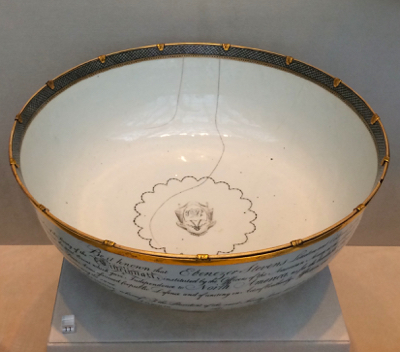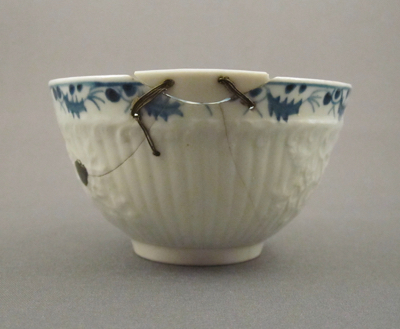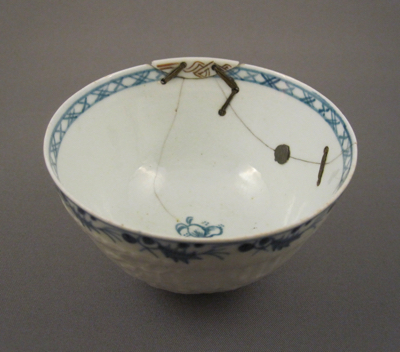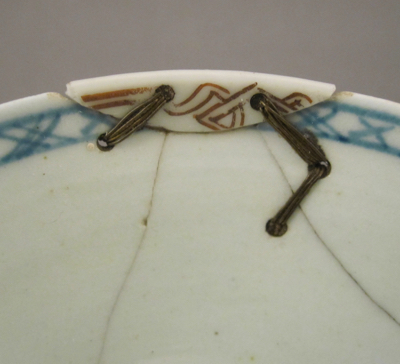I spotted this during my last visit to the American Wing at The Metropolitan Museum of Art in New York City. The description in the showcase says more than I could possibly say:
“This extraordinary punchbowl features a remarkably faithful replica of the engraved certificate, dated December 1785, issued to Ebenezer Stevens (1751-1823) by the Society of the Cincinnati. Stevens was a major-general in command of the New York artillery and was vice president of the New York branch of the society. The decorative silver-gilt mount on the rim and around the foot were probably made during the early nineteenth century in response to an earlier crack—evidence of the extent to which the bowl was valued by its owner…”









